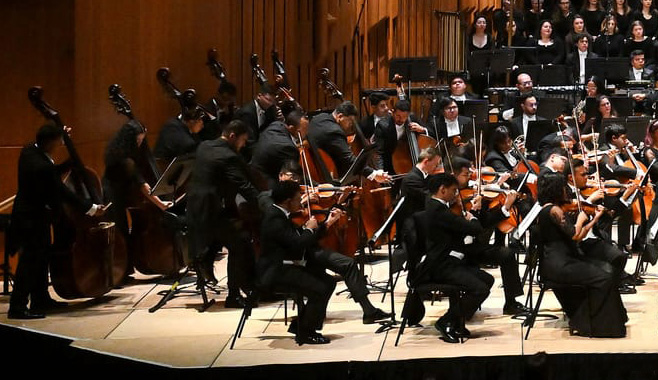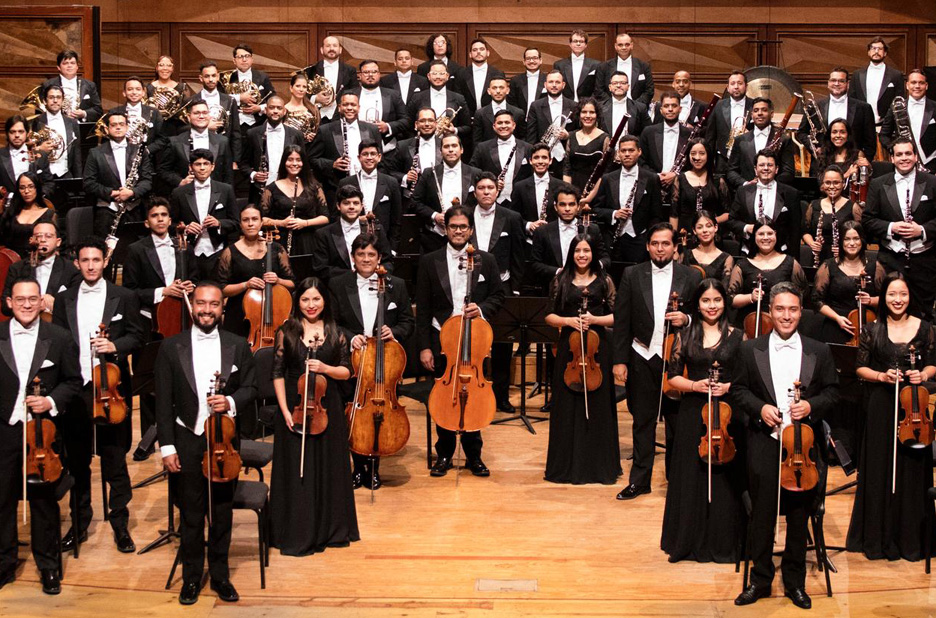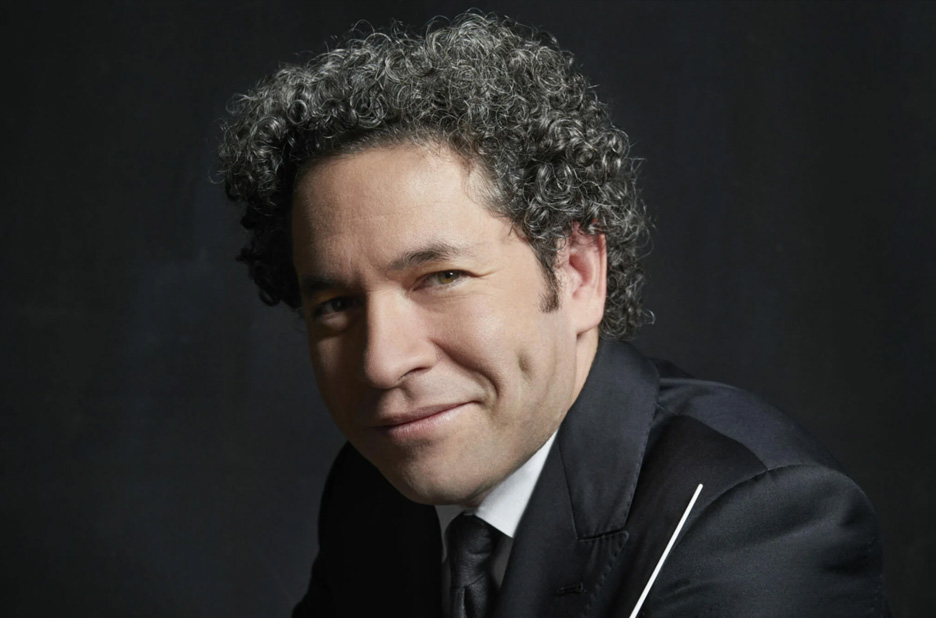Music
Simón Bolívar Symphony Orchestra
Barbican, London
5/5
Excellence and vigour
The energetic and highly accomplished Simón Bolívar Symphony Orchestra and its remarkable conductor Gustavo Dudamel lived up to their reputation in offering a memorable performance of Mahler’s third symphony. The orchestra has gone from strength to strength, proving the excellence and durability of the Venezuelan El Sistema method, celebrating its fiftieth year in 2025, which in essence teaches musicians to play together. Dudamel was a pleasure to watch: precise, fully in control, with amazing energy.


Mahler’s third symphony is a stunning piece of music. Around 100 minutes of intense and fascinating musical development, and usually as on this occasion taking up the whole length of the evening without an interval. The first movement Kräftig Entschieden (Powerful. Resolute) is sufficient to fill the habitual first half of an average concert. But Mahler’s mastery engages you straight away in this exquisite sonata form movement of full-blown orchestral intensity. The double basses were on the left of the stage behind the first violins and sitting on the front left side of the auditorium, it was great to hear the base line so clearly interacting with the rest of the orchestra. Mahler described this movement as Summer marches in and indeed its vigorous solar mood was infectious and energising. The extrovert nature of this piece seemed to really suit the orchestra and the pulse and tension were preserved throughout. The orchestra soloists were a pleasure to listen to, the wind section and the horn group in particular as in this symphony they get great exposure and some fabulous material to play. In addition the feeling that the orchestra was enjoying themselves contributed to the delight in their music-making.
Then followed a recognisably Mahlerian second movement Tempo di Menuetto. Sehr mässig (At a very moderate pace) full of tender sweeping cinematic melodies that morph into brooding or exultant racing passages, all within a masterfully structured orchestration.
The third movement Comodo. Scherzando. Ohne Hast (Unhurried) was above all jovial and at times jocular and then the fourth movement Sehr langsam (Very slow). Misterioso. Durchaus ppp (As quiet as possible) took matters to another level. Marianne Crebassa’s assured alto joined the forces voicing Nietzsche’s words from Also sprach Zarathustra, mixing its magnificent colours with the orchestra in passages of intricate texture.

In the ensuing fifth movement Lustig im Tempo und keck im Ausdruck (At jaunty tempo with bold expression) the mood changed again as the London Symphony Chorus with Tiffin Children’s Choir joined the action. It is a shame it all had to involve Jesus, kindergarten and mediocre singing particularly from the LSC as up to that point musical material was developing beautifully. I think the third symphony would be a better piece without the choir, it is probably the only element which could be thought of as superfluous in this organic piece where nothing seems out of place, particularly when the singers are not up to the task or not at the same level of skill as the orchestra as was the case here. Unfortunately this often happens in the UK where the choirs have amateur singers who are not even aware of their inferiority to professional musicians. Furthermore, the religious words of the folk song Das himmlische Leben (The Heavenly Life) that Mahler set for the choir are extremely banal, and this for me clashed with Nietzsche’s more universal and moving if sentimental contribution in the previous movement and indeed with the spirit of the symphony as a whole. But nothing could spoil the achievement of the orchestra in tackling this complex piece nor the sense of anticipation and pleasure in listening to them.
Mahler loves adding ‘and another thing’ rebounds in his music which can sometimes make his pieces feel interminable, particularly in inferior performances. Indeed it often requires great musical skill to make these developments meaningful and not deflating. It’s a bit like baking a soufflé: temperature and timing is key, although the importance of preparation, discipline and attention to detail cannot be overstated. The sixth and final movement of the third symphony, Langsam. Ruhevoll. Empfunden (Slow. Peaceful. With Feeling), has several of these ‘and another thing’ sections at the end where the build-up is interrupted only to start from scratch. Mahler simply has so much to say. In a good performance, he is also heard. The Simón Bolívar Symphony Orchestra gave its full attention to very slowly and delicately building and rebuilding the momentum in these airy passages and we reached the final climax in jubilant form.
From the first note to the last, the orchestra exuded confidence and charisma. All credit Dudamel for establishing it as the best South American orchestra and probably one of the best orchestras in the world. Dudamel’s approach shows that serious engagement with the score, intense practice, control and above all the ability of each orchestral musician to bend to the communal purpose and not indulge individual egos is crucial in establishing excellence in orchestral performance. This lesson is well heeded by the world’s best orchestras.